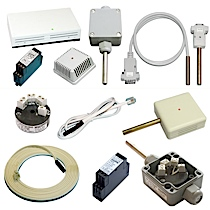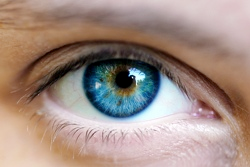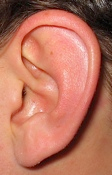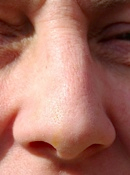A normal PC has no way of knowing what is happening in the real world around it. It doesn’t know if it is light or dark, hot or cold, quiet or noisy. How do we know what is happening around us? We use our eyes, our ears, our mouth, our nose and our skin - our senses.
A normal PC has no senses, but we can give it some: We can connect sensors to it...
A sensor is a device that converts a real-world property (e.g. temperature) into data that a computer can process.
Examples of sensors and the properties they detect are...
A normal PC has no senses, but we can give it some: We can connect sensors to it...
A sensor is a device that converts a real-world property (e.g. temperature) into data that a computer can process.
Examples of sensors and the properties they detect are...
| Sensor | What it Detects |
|---|---|
| Temperature | Temperature |
| Light | Light / dark |
| Pressure | Pressure (e.g. someone standing on it) |
| Moisture | Dampness / dryness |
| Water-level | How full / empty a container is |
| Movement | Movement nearby |
| Proximity | How close / far something is |
| Switch or button | If something is touching / pressing it |
A sensor measures a specific property data and sends a signal to the computer. Usually this is an analogue signal so it needs to be converted into digital data for the computer to process. This is done using by an Analogue-to-Digital Converter (ADC).
Sensors are used extensively in monitoring / measuring / data logging systems, and also in computer control systems.
Sensors are used extensively in monitoring / measuring / data logging systems, and also in computer control systems.






